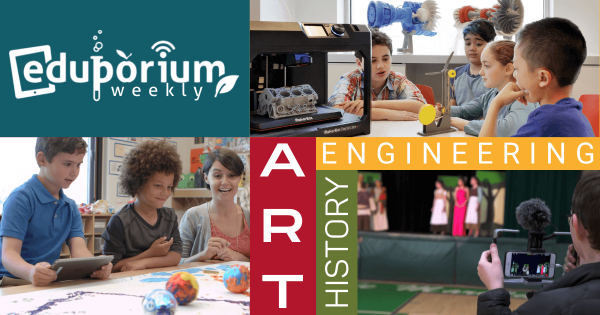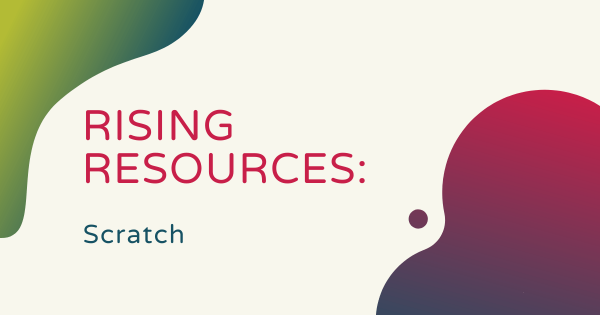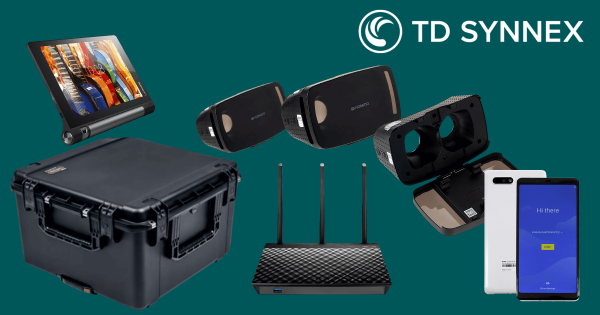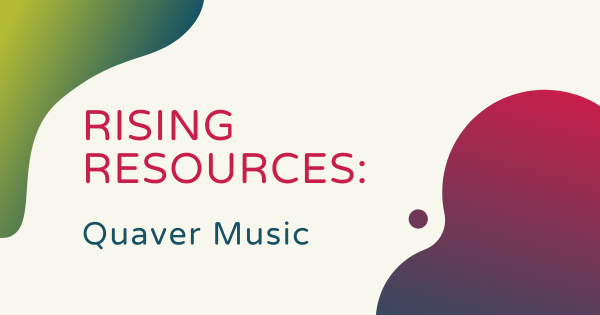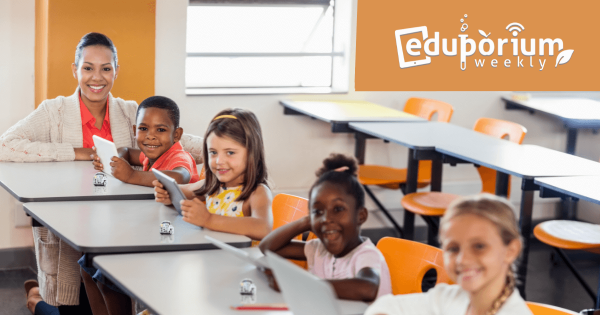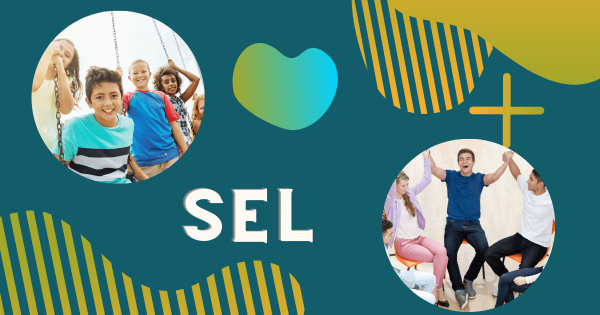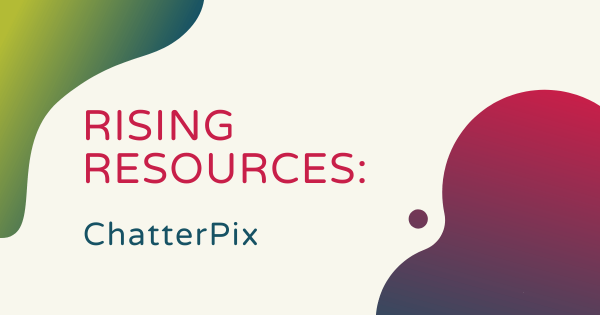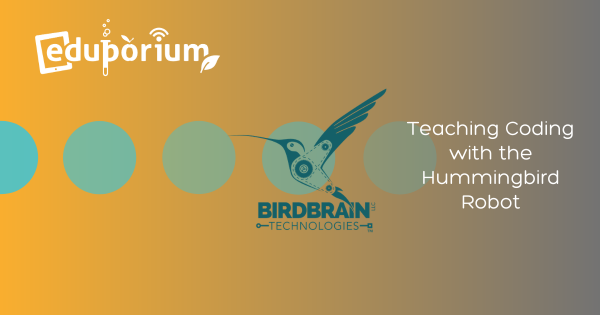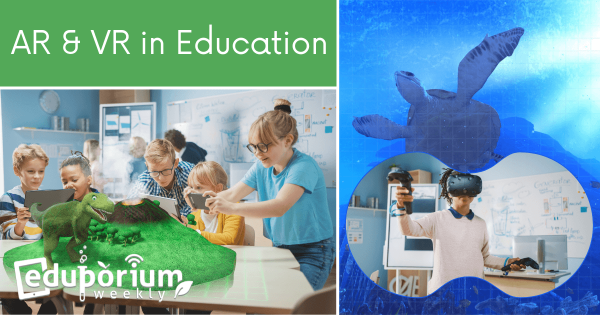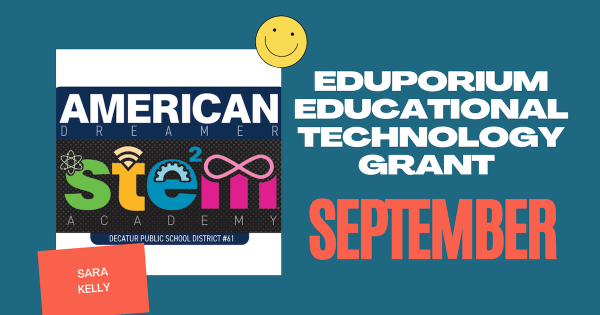You probably know by now that we are huge advocates of makerspaces in K–12 schools. The added freedom for creating, hands-on experimentation, and exploration that they provide for students helps them learn in so many new ways. Now, many educators have even gone as far as to create their own makerspace curriculum after seeing all the benefits for students.
Andy Larmand
-
Rising Resources | The Scratch Coding Platform
Though it’s been around for a while, Scratch remains an extremely reliable coding platform that teachers can use to introduce elementary students to programming and meet them where they are. It’s a super strong beginner-level language with a lot of functionality and was created around graphical coding to serve as a great introductory classroom option for K–8 students. -
Immersive Education Using The TD Synnex VR Kits
While there are fewer kits than with the Google Expeditions line, the quality of each is important. Currently, we offer three TD Synnex kits on our store, differentiated only by the number of units in each one of them (10, 20, and 30). Perhaps most notably, each of the three kits comes with the same set of components and the -
Rising Resources | Quaver Music + SEL
Quaver is a tech tool that helps provide students with a more well-rounded education experience (often captured through STEAM learning) with easily accessible tech-based resources. Their team has created a variety of SEL-focused lessons for this important area in today’s instruction and provided a unique way for educators to teach SEL skills through music education. -
Eduporium Weekly | Creating A School STEM Program
While we don’t want to place too much pressure on any educators starting new STEM programs, there are some key suggestions we can provide. The first of those is to decide on and define the direction of the STEM program, including its identity, purposes, and objectives, which often means that the learning experiences should reflect real-world problem solving. -
Eduporium Weekly | SEL In The Classroom
In addition to key STEM skills that students will likely need, they are going to need strong soft skills, like communication, collaboration, and listening, too. As such, the social-emotional aspect to teaching exposes kids to the process through which they acquire and apply the knowledge, skills, and attitudes necessary for managing emotions and building relationships. -
Rising Resources | ChatterPix And Custom Animations
The general ChatterPix app allows students of any age to create and share interactive images or greetings with people anywhere in the world, helping them showcase their creative side in a tangible way. Whether they’re using it just for fun, as part of graded class projects, or even for designing cards or notices, ChatterPix makes a great educational tool for -
BirdBrain Video PD For Teaching Coding With Hummingbird
With the Hummingbird Bit STEAM kits from BirdBrain, students are able to combine robotics, programming, art and design, and the micro:bit into one valuable learning experience. With the micro:bit board powering their robot builds, elementary and middle school students can get super creative with their design while coding and inventing in the classroom or after school. -
Eduporium Weekly | AR And VR In Education
One of the most common terms associated with AR and VR—especially in education—is immersive. Using VR systems, students can truly plunge into any number of immersive worlds but, beyond that, VR content is incredibly impactful for teaching students about some of today’s most intriguing real-world industries while also helping them gain practical experience at times. -
This Month's Tech Grant Goes To Kindergarten Teacher, Sara Kelly
Though she works mostly with kindergarten aged students, Sara truly sees immense value in exposing kids to STEAM learning in early education. Not only does she truly consider this an opportunity to help them build relevant skills, she also knows the importance of inspiring them to get more excited about using new ideas to solve simple or complex problems.



